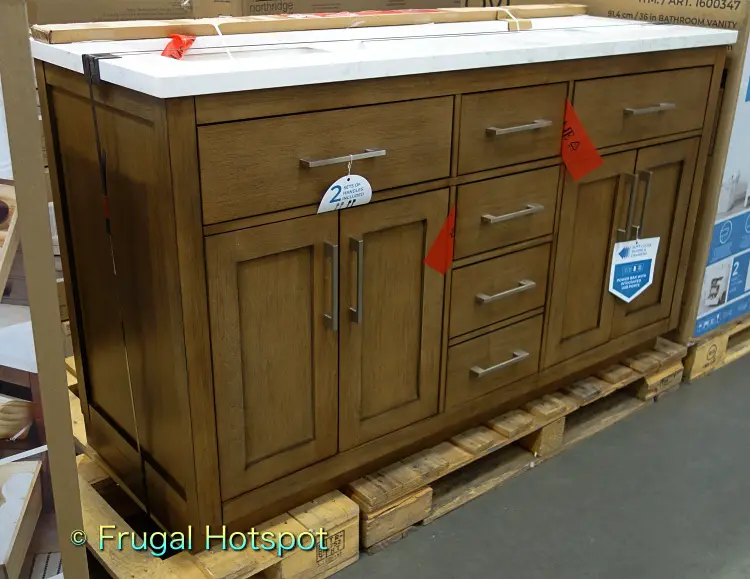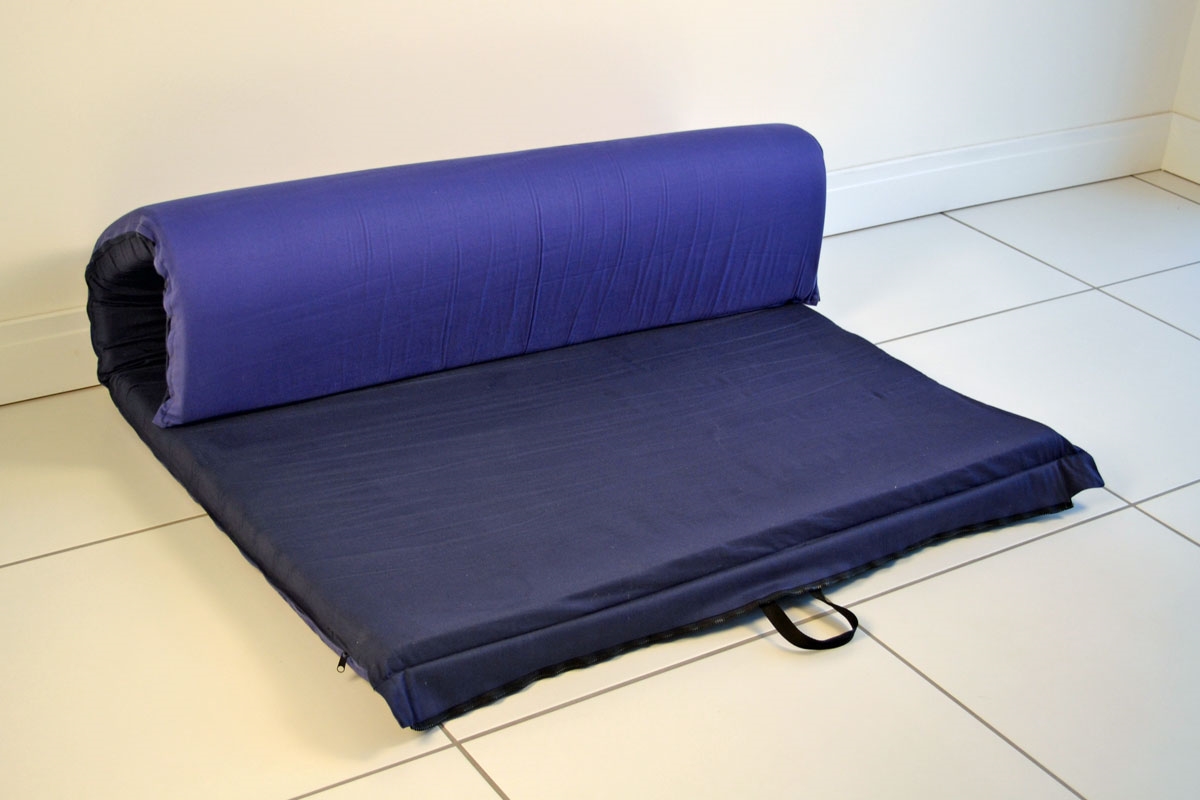If you're experiencing a clog in your kitchen sink, the first thing you should check is your garbage disposal. This is a common culprit for clogs, as food and other debris can build up and block the drain. If the disposal is not running or making a humming noise, it may be jammed and in need of repair. 1. Check the garbage disposal
If the clog is not in the garbage disposal, then using a plunger may be your next best option. Fill the sink with a few inches of water and place the plunger over the drain. Give it a few strong plunges to try and dislodge the clog. If this doesn't work, move on to the next method.2. Use a plunger
If the plunger doesn't work, a drain snake may do the trick. This tool is designed to reach deep into the pipes and break up any clogs. Insert the end of the snake into the drain and turn the handle to push it further down. Once you feel resistance, twist and pull the snake back out to remove any debris. 3. Try a drain snake
If you prefer a more natural approach, try using a mixture of baking soda and vinegar to break up the clog. Pour 1/2 cup of baking soda down the drain, followed by 1/2 cup of vinegar. Let it sit for 30 minutes and then flush with hot water. This combination will create a foaming reaction that can help break up the clog. 4. Use a mixture of baking soda and vinegar
If the clog is still not cleared, it may be located in the P-trap under your sink. Place a bucket under the trap to catch any water and unscrew the trap using pliers or a wrench. Clean out any debris and then reattach the trap. This should clear the clog, but if not, move on to the next step. 5. Check the P-trap
If none of the above methods work, a chemical drain cleaner may be your last resort. Be sure to follow the instructions carefully and use gloves and eye protection when handling these harsh chemicals. Pour the cleaner down the drain and let it sit for the recommended amount of time before flushing with hot water. 6. Use a chemical drain cleaner
If your kitchen sink is connected to a dishwasher, it's possible that the clog is actually in the dishwasher drain. Check the dishwasher's drain basket and clean out any debris. You can also run a cycle with a dishwasher cleaner to remove any buildup in the drain. 7. Check the dishwasher
If you have a wet/dry vacuum, you can use it to try and suck out the clog. Set the vacuum to wet mode and cover the drain with a wet cloth or towel. Turn on the vacuum and hold it tightly over the drain for a few minutes. This may be enough to pull out the clog and clear the drain. 8. Use a wet/dry vacuum
If all else fails, it may be time to call a professional plumber. They have the tools and expertise to locate and remove even the toughest clogs. While it may be a more expensive option, it can save you time and frustration in the long run. 9. Call a plumber
If you prefer to avoid harsh chemicals, you can make your own drain cleaner using hot water, salt, and baking soda. Mix 1/2 cup of salt and 1/2 cup of baking soda and pour it down the drain. Follow with a pot of boiling water. The combination of these ingredients can help break up and remove stubborn clogs. With these tips, you should be able to find and clear that pesky clog in your kitchen sink. Remember to always use caution and proper safety measures when handling any tools or chemicals. And if the clog is too stubborn to handle on your own, don't hesitate to call a professional for assistance. A clear and functional kitchen sink is essential for daily tasks, so don't let a clog slow you down. 10. Try a homemade drain cleaner
Why Finding a Clog in Your Kitchen Sink Can Be Challenging

There are few things more frustrating than a clogged kitchen sink. Not only does it disrupt your daily routine, but it can also lead to unpleasant odors and potentially expensive plumbing repairs. So when you notice that your sink is not draining as quickly as it used to, it's important to address the issue right away. However, finding the source of the clog can often be a difficult task.
The Common Culprits

There are a number of different things that can cause a clog in your kitchen sink. Food scraps, grease, and soap scum are some of the most common culprits. These substances can build up over time and create a blockage in your pipes. Additionally, small objects like utensils or pieces of plastic can accidentally fall into the sink and get stuck in the drain.
Hidden Clogs

When it comes to clogs in your kitchen sink, sometimes the problem isn't as obvious as you may think. Underneath your sink, there is a U-shaped pipe called the P-trap that is designed to catch debris and prevent it from clogging your pipes. However, this trap can also become clogged itself, causing water to back up into your sink. In some cases, the clog may even be further down the line in your main plumbing system, making it even harder to locate.
DIY Solutions

Before calling a professional plumber, there are a few steps you can take to try and clear the clog yourself. One method is to use a plunger to create suction and dislodge the blockage. Another option is to use a drain snake, which is a long, flexible tool that can reach deep into your pipes to unclog them. It's important to remember to never use chemical drain cleaners, as these can cause damage to your pipes and are harmful to the environment.
When to Call a Professional

If your DIY attempts are unsuccessful or if you are unable to locate the source of the clog, it's time to call in a professional plumber. They have the specialized tools and expertise to accurately diagnose and resolve the issue. They can also provide preventative maintenance tips to help keep your kitchen sink from clogging in the future.
In conclusion, a clogged kitchen sink can be a major inconvenience, but with some knowledge and the help of a professional, you can easily find and resolve the issue. By understanding the common causes of clogs and using the right tools and techniques, you can keep your kitchen sink running smoothly and avoid costly repairs in the future.
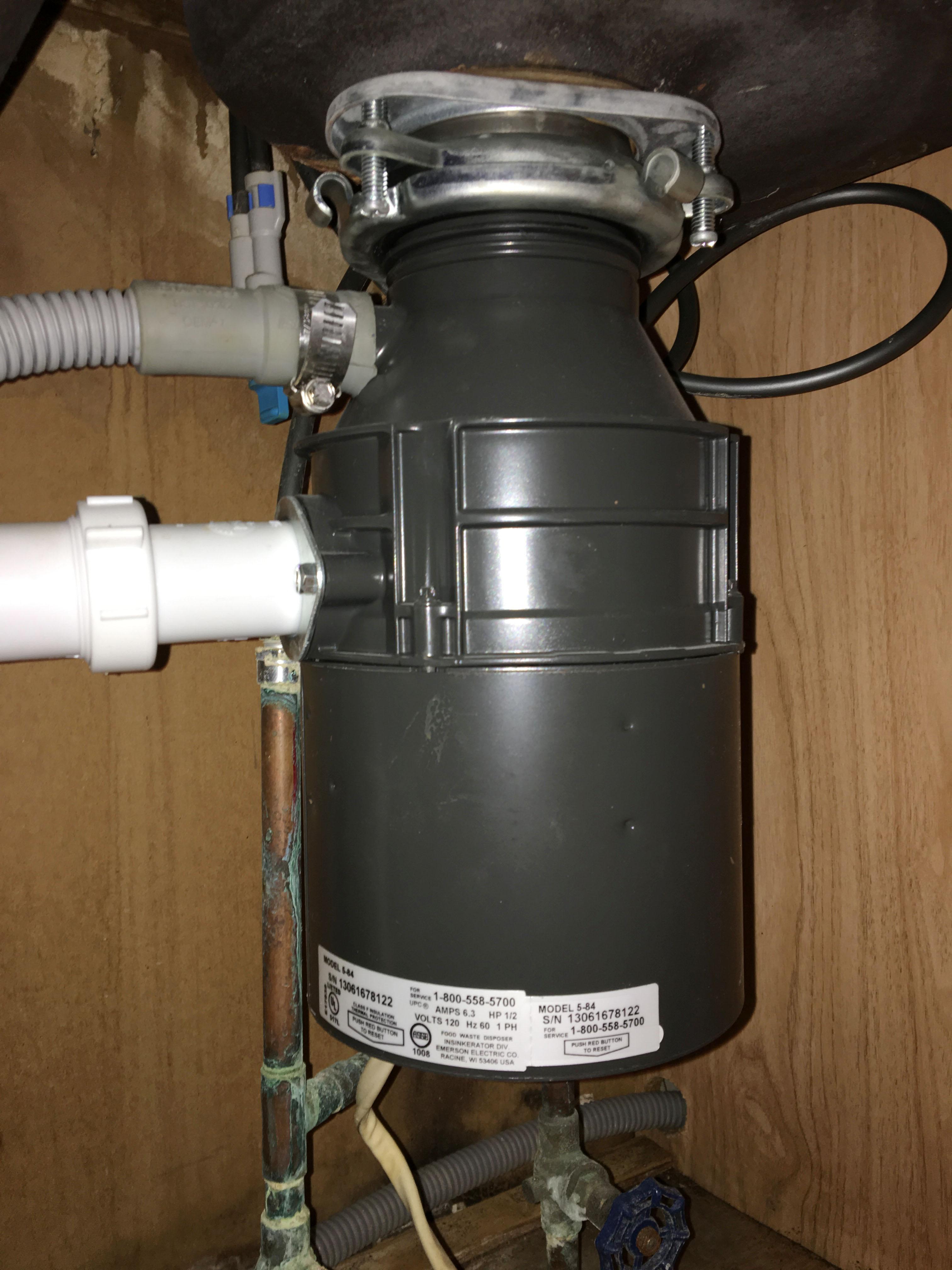







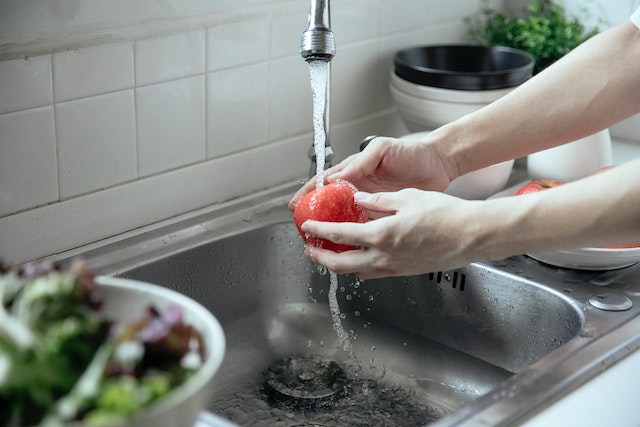
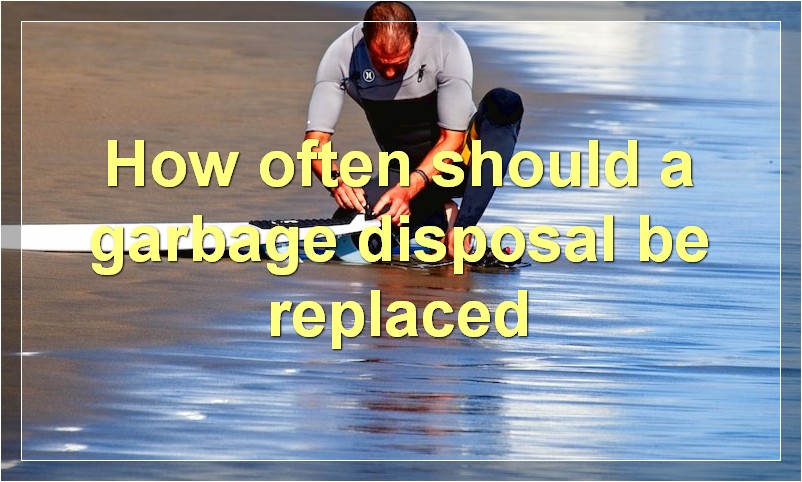
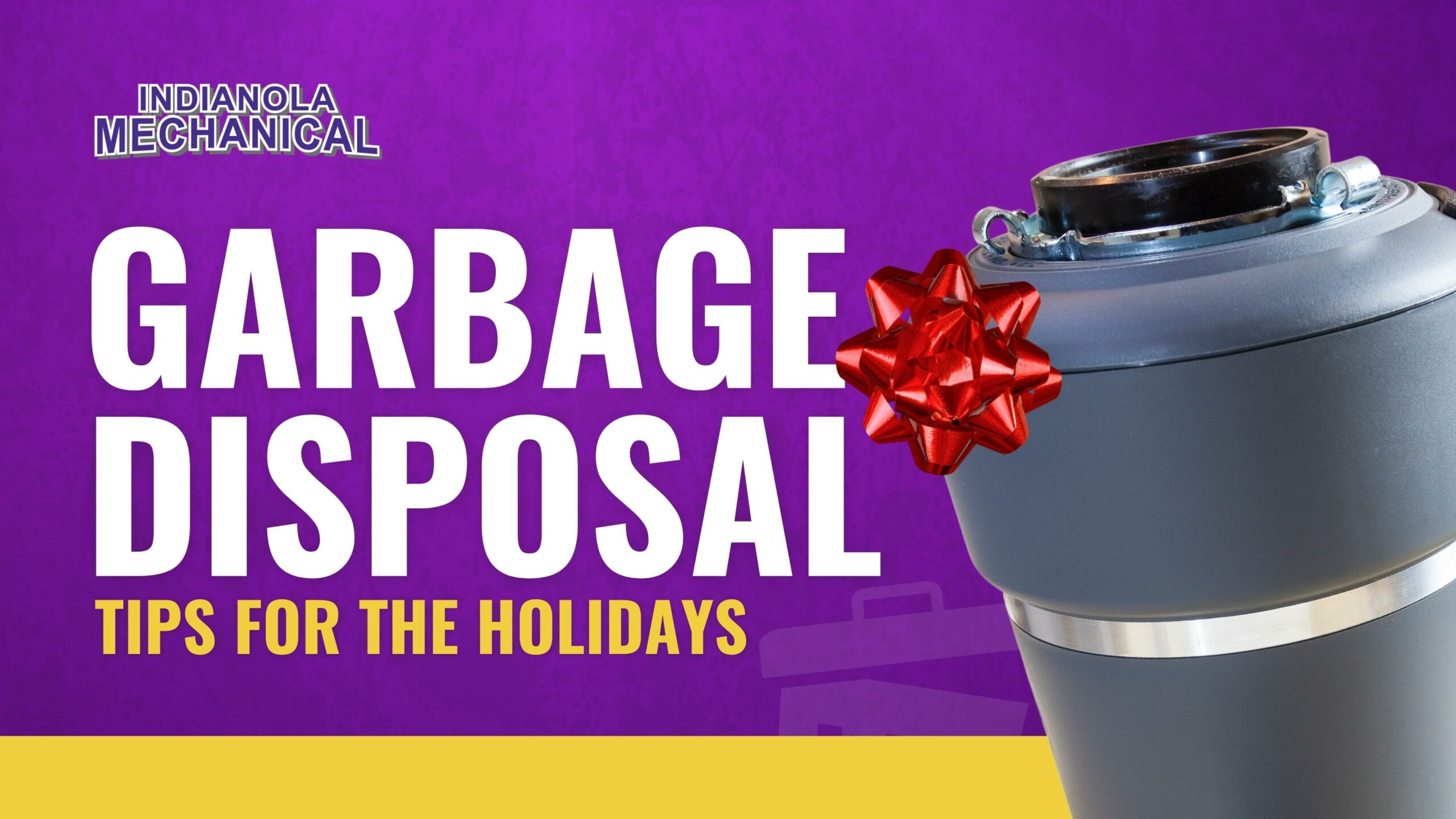



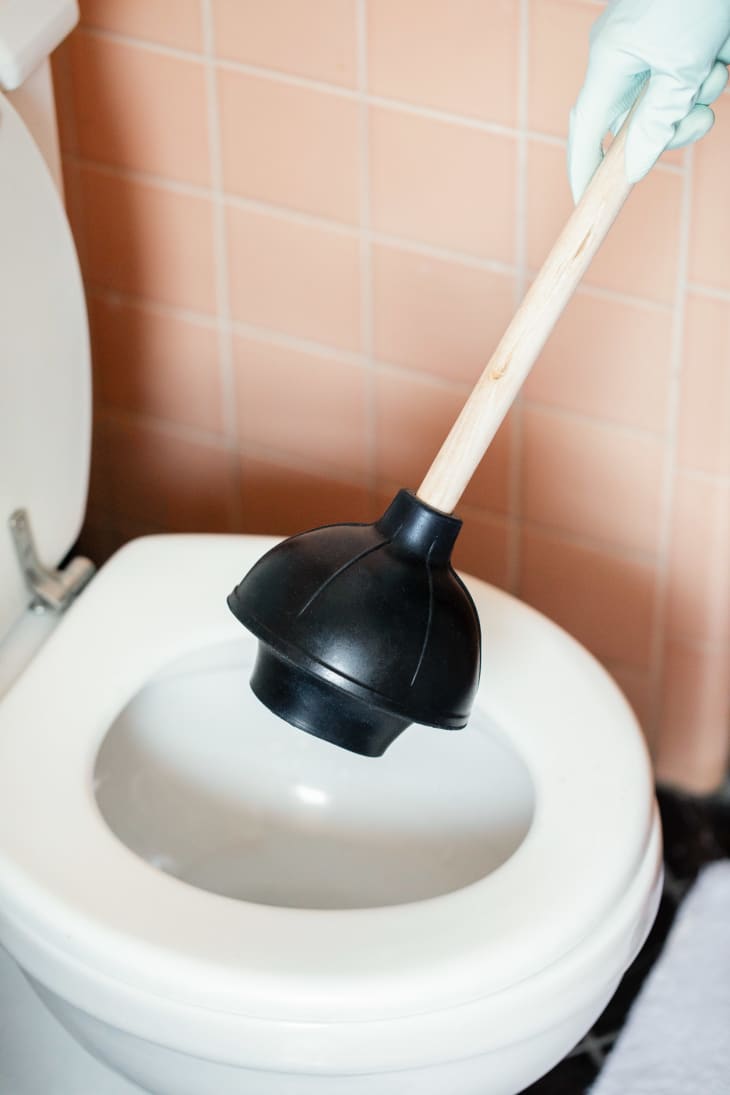





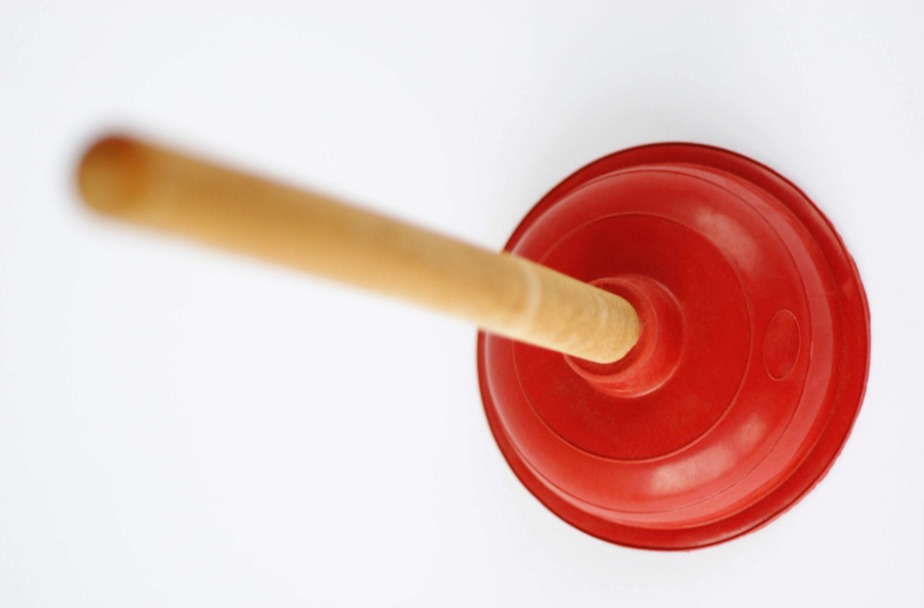


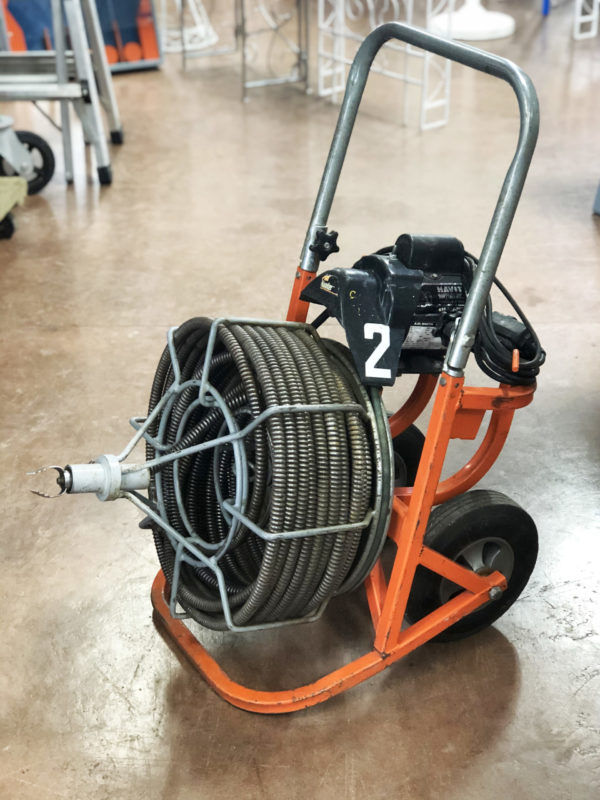





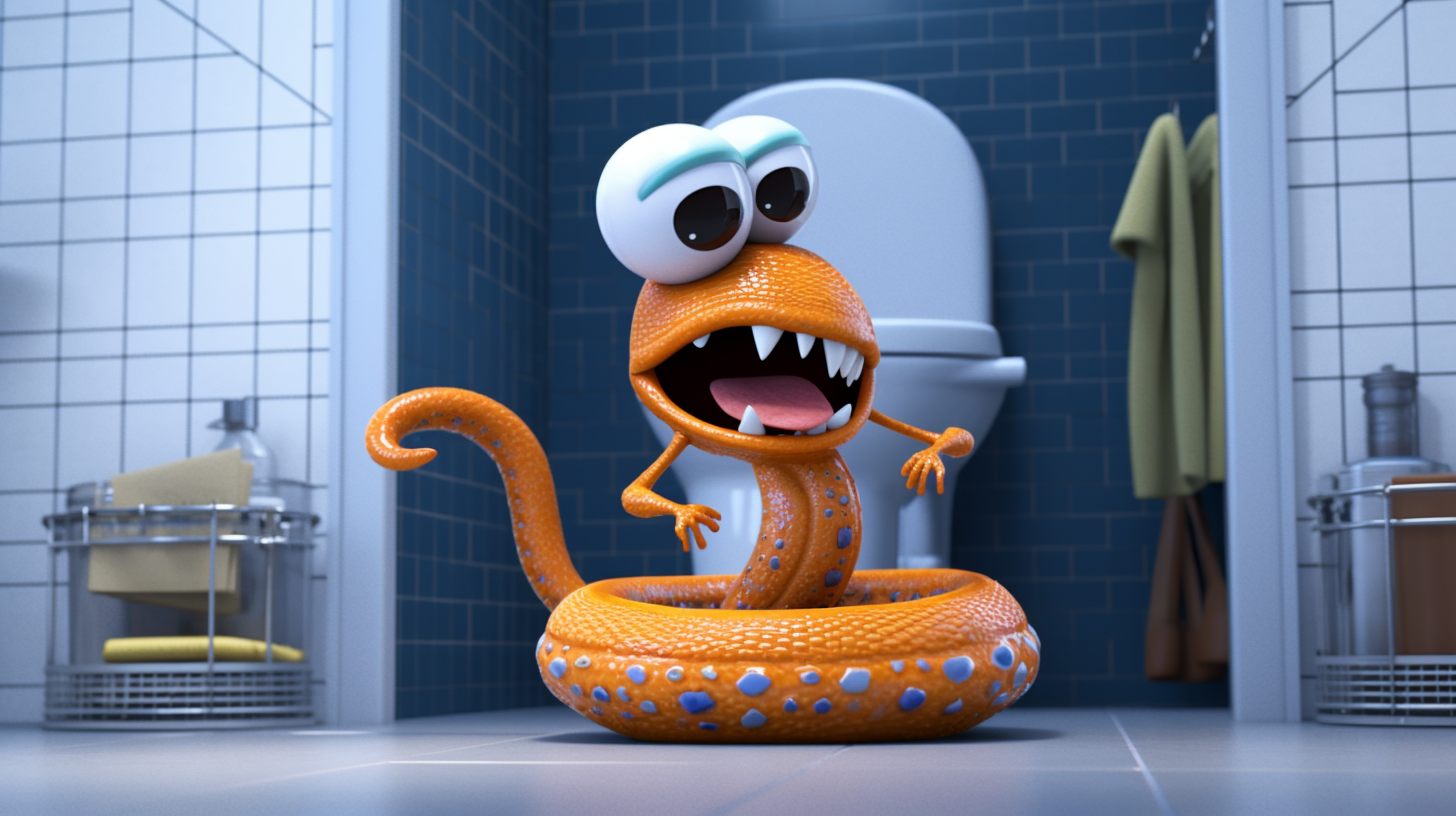







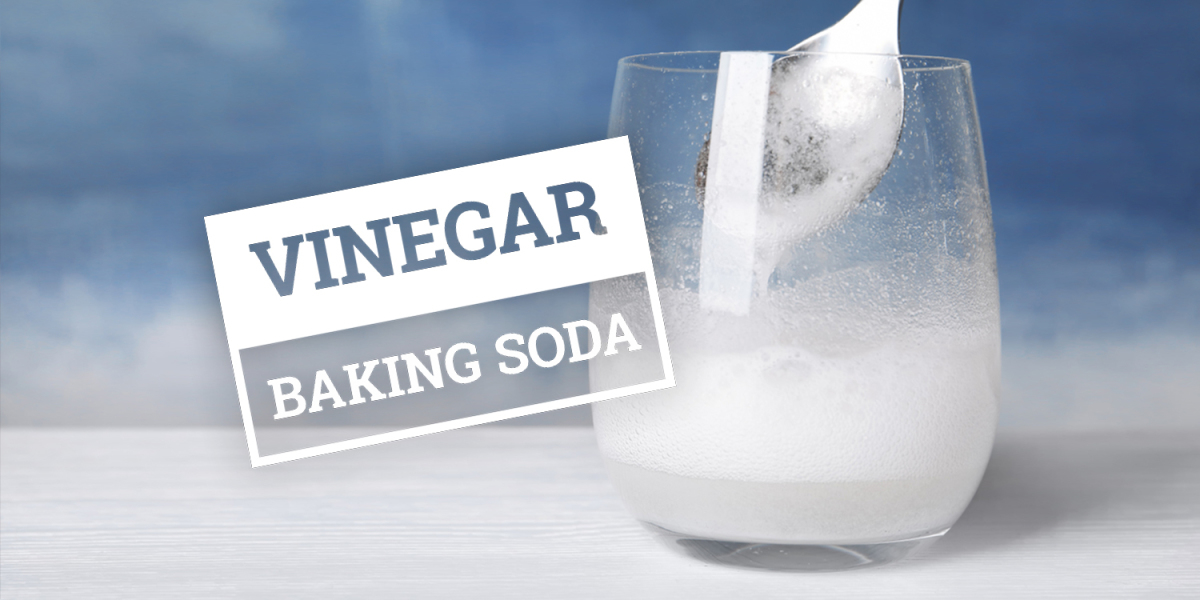

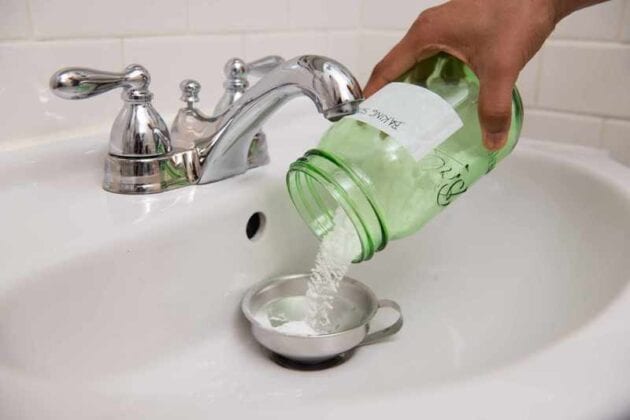

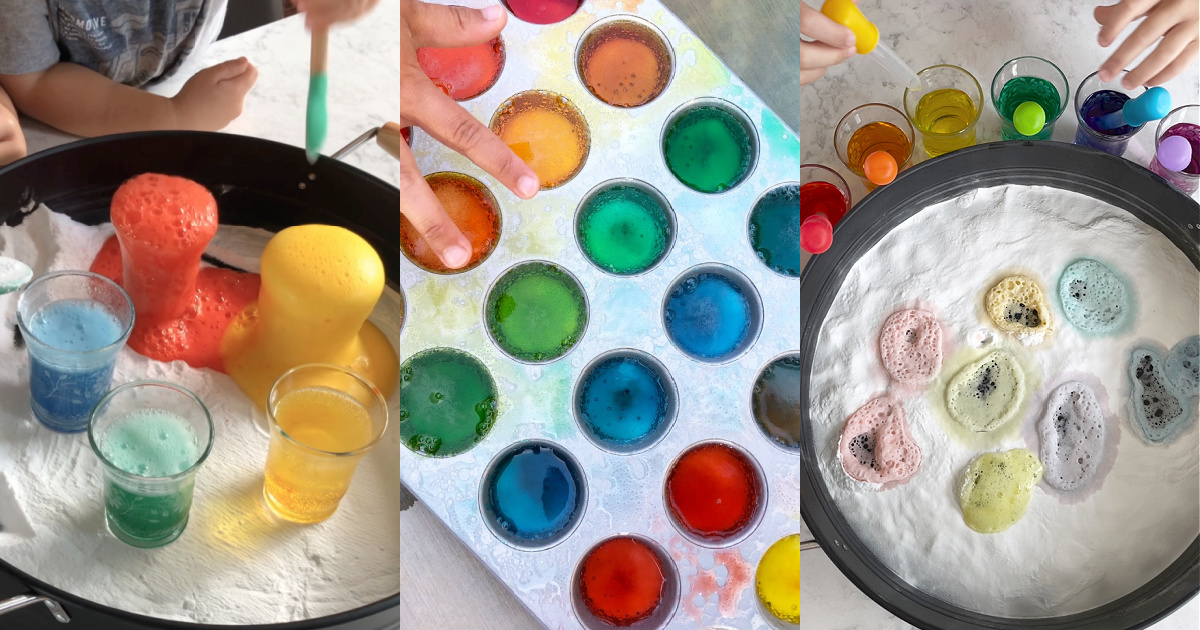
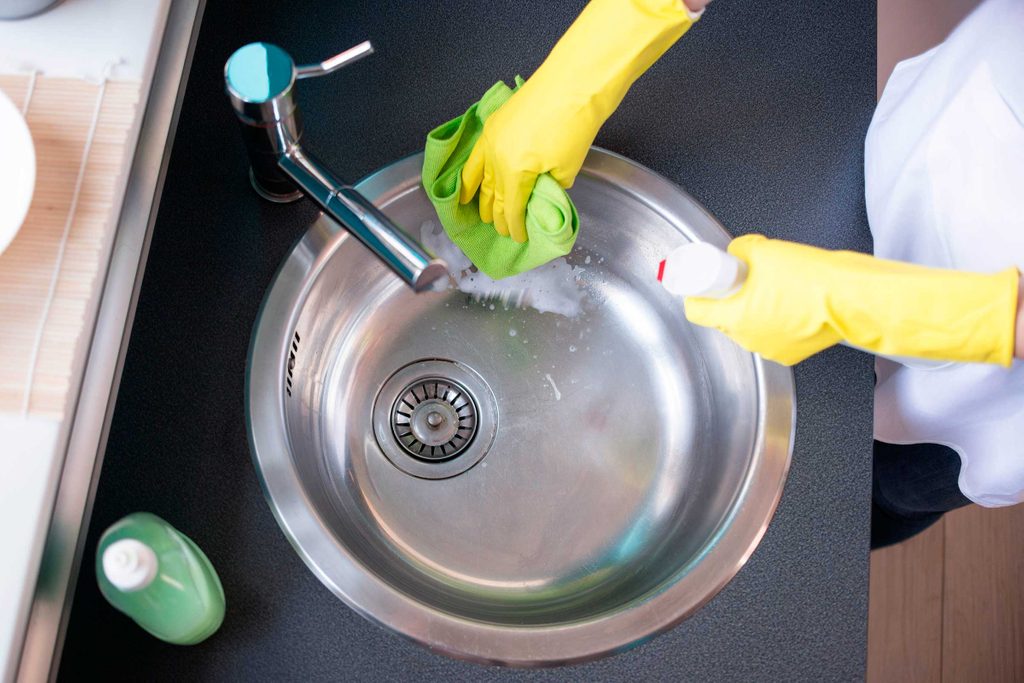





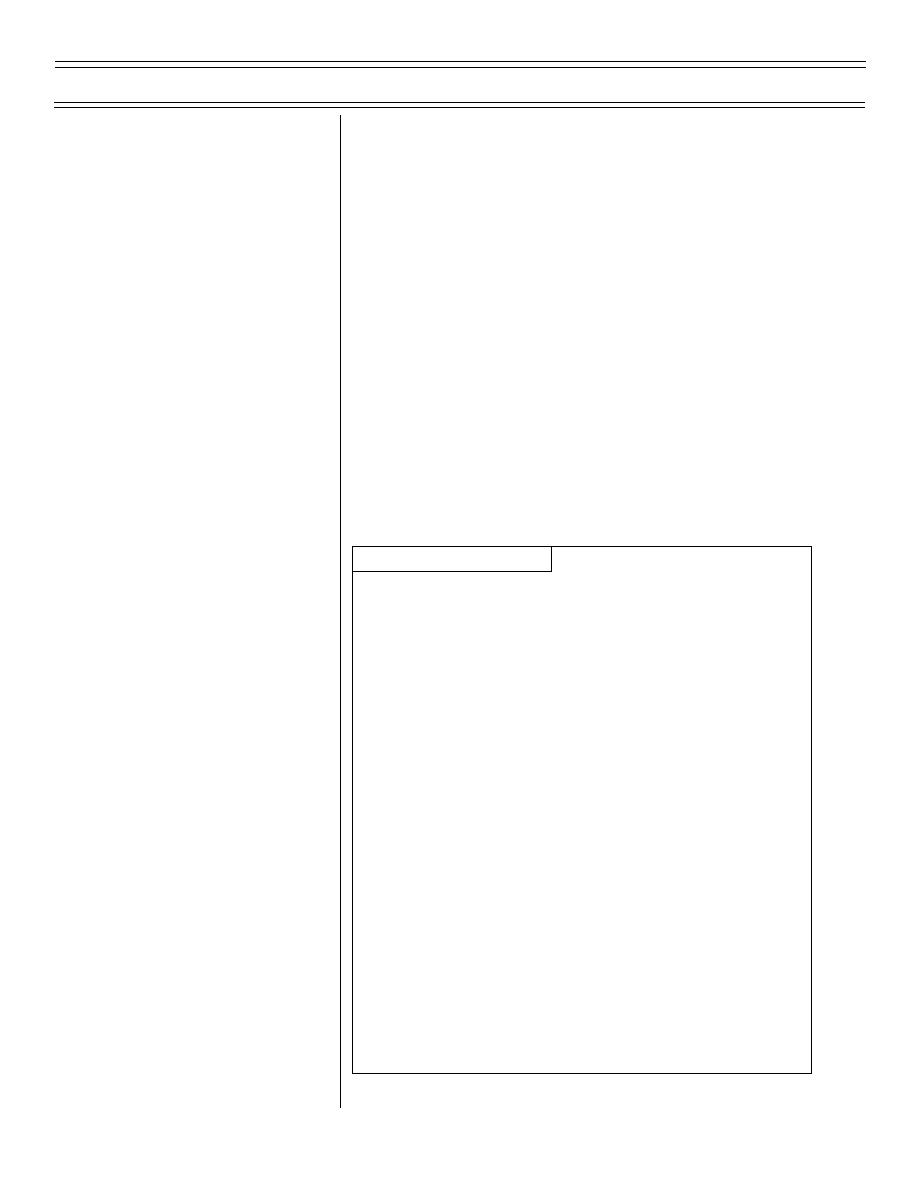


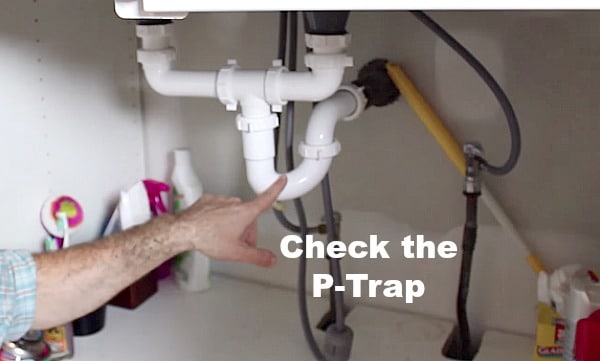





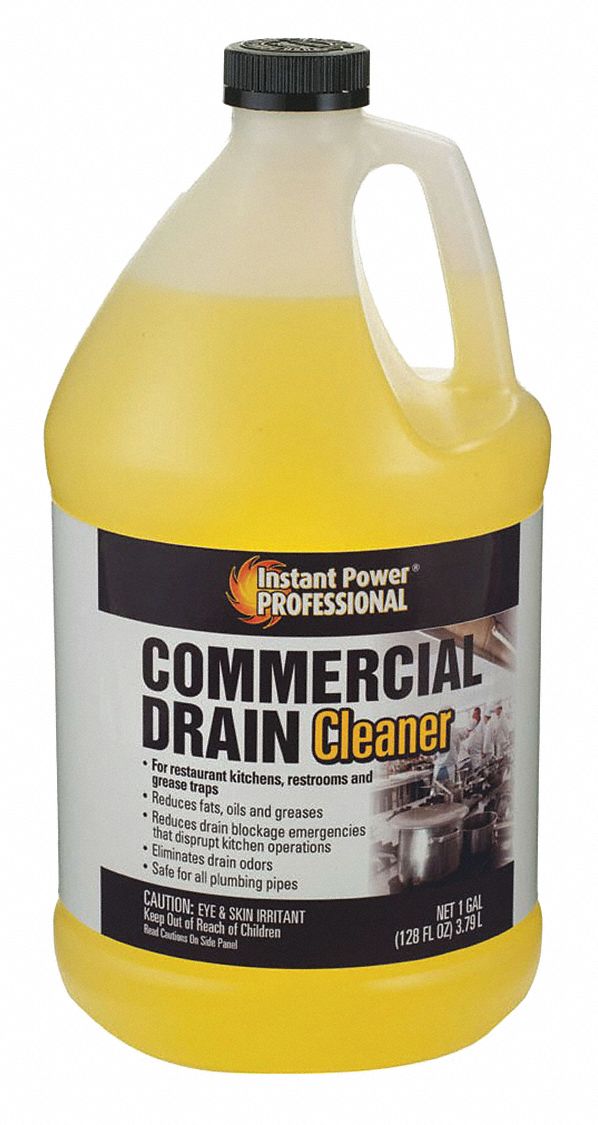
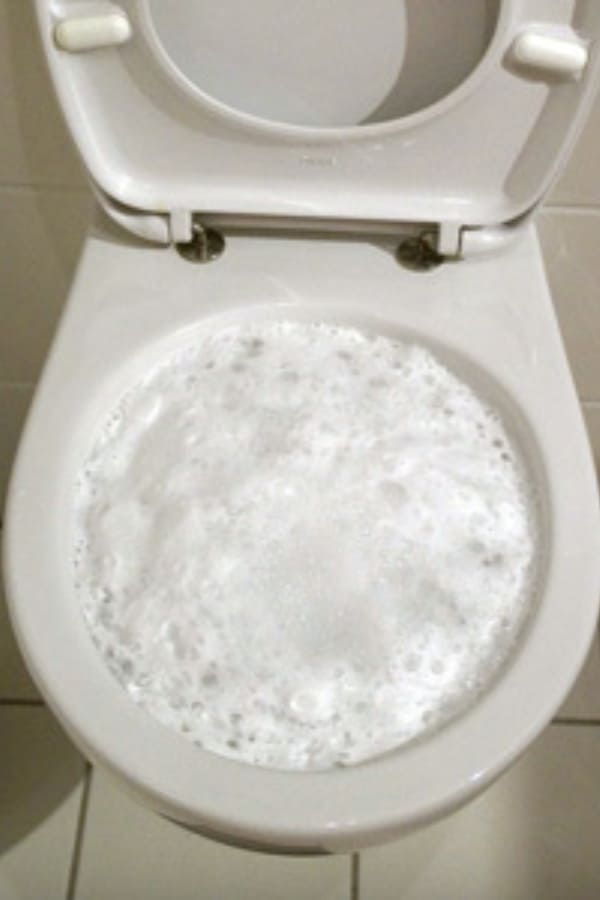







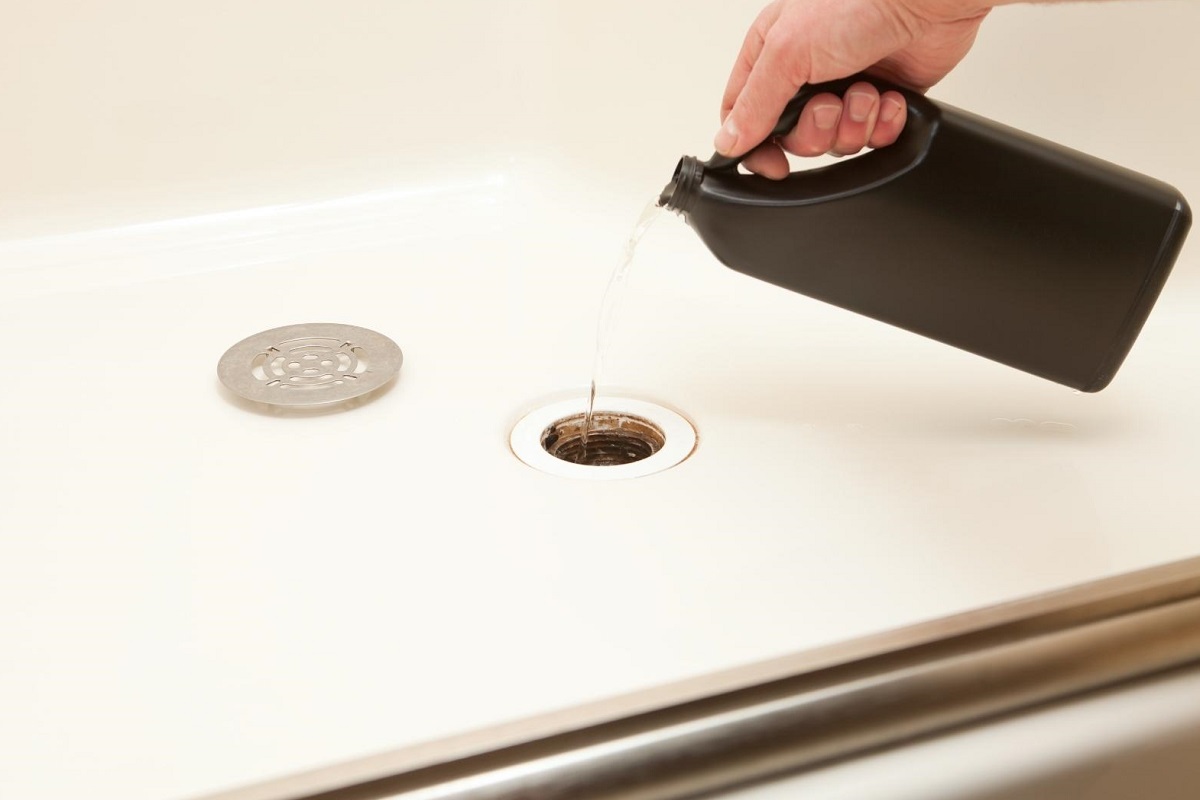
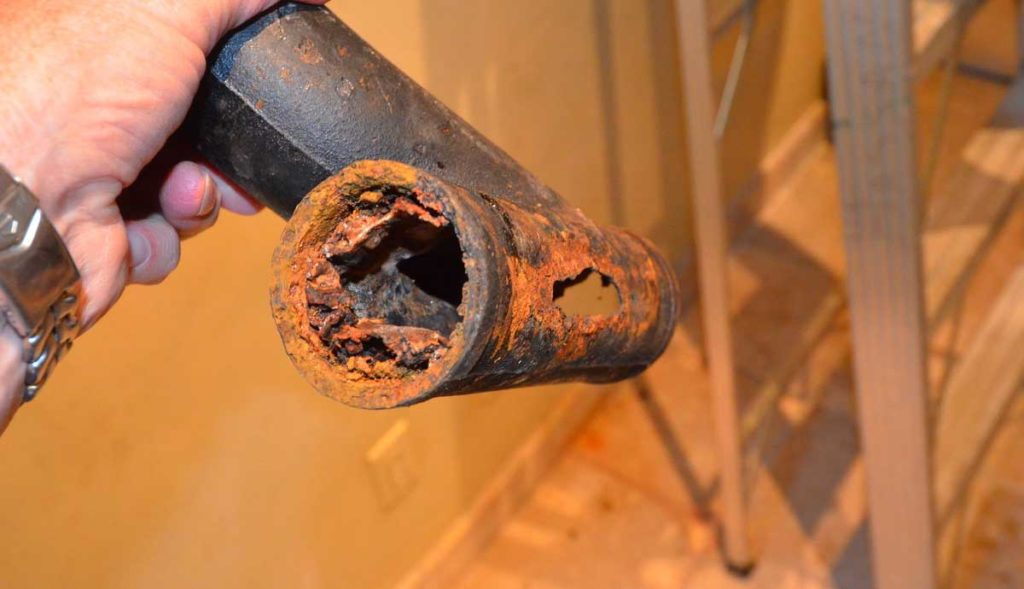
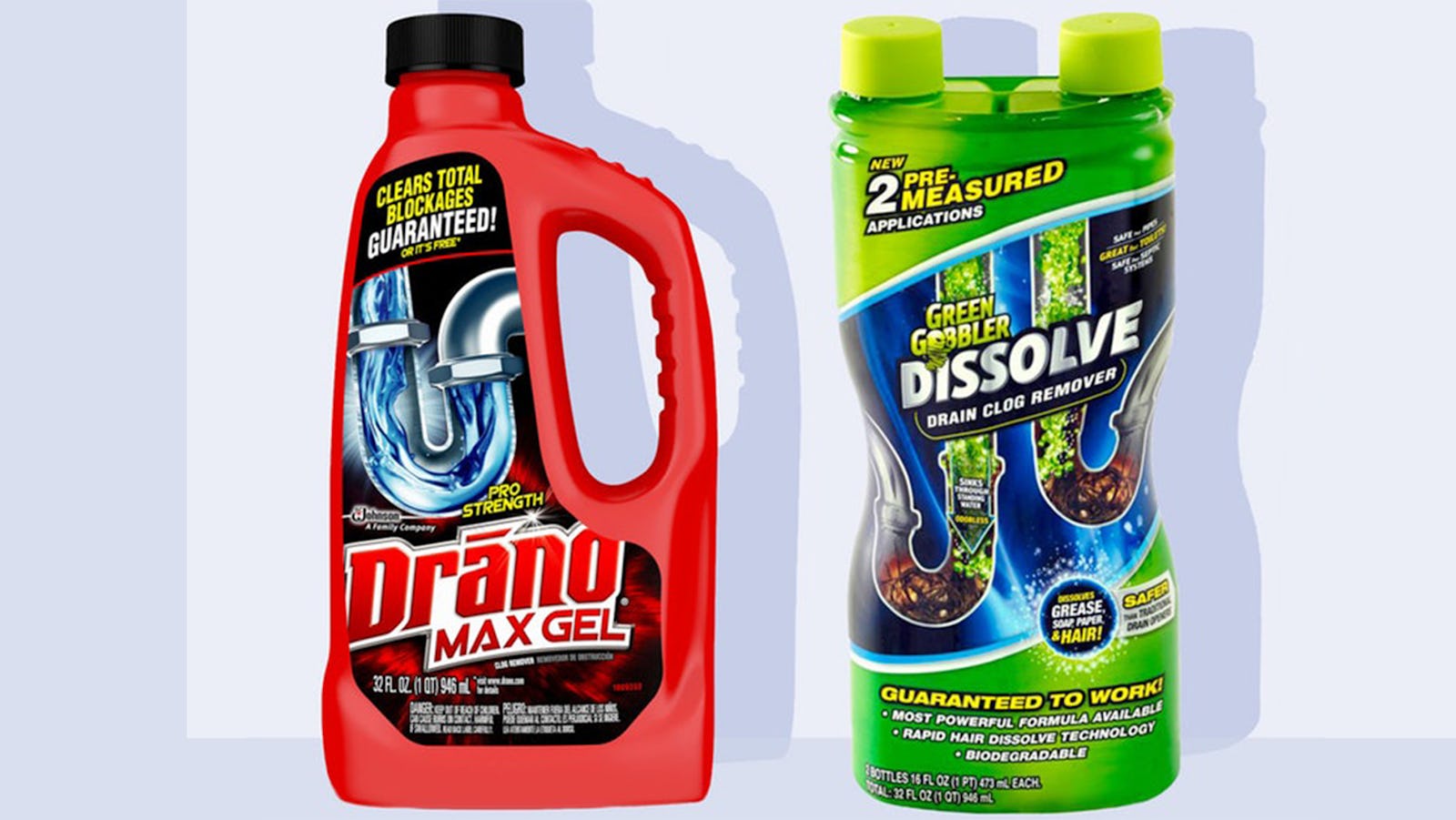




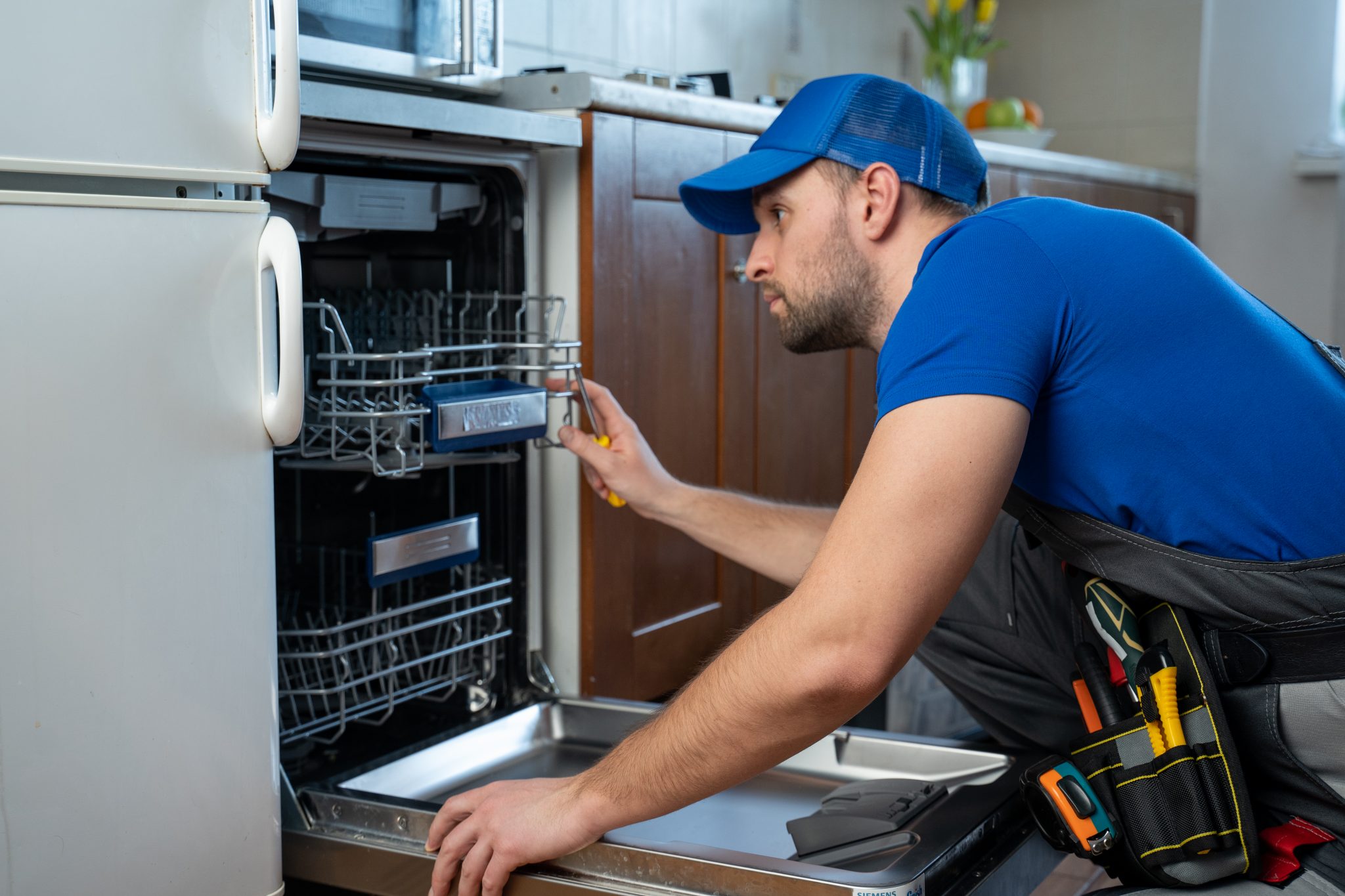
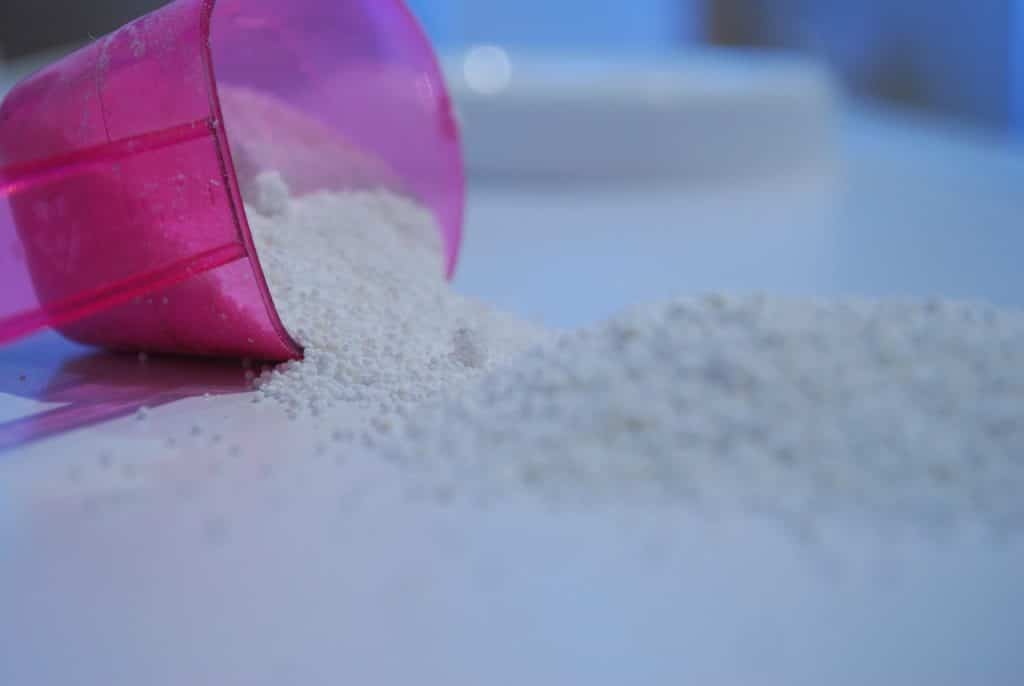



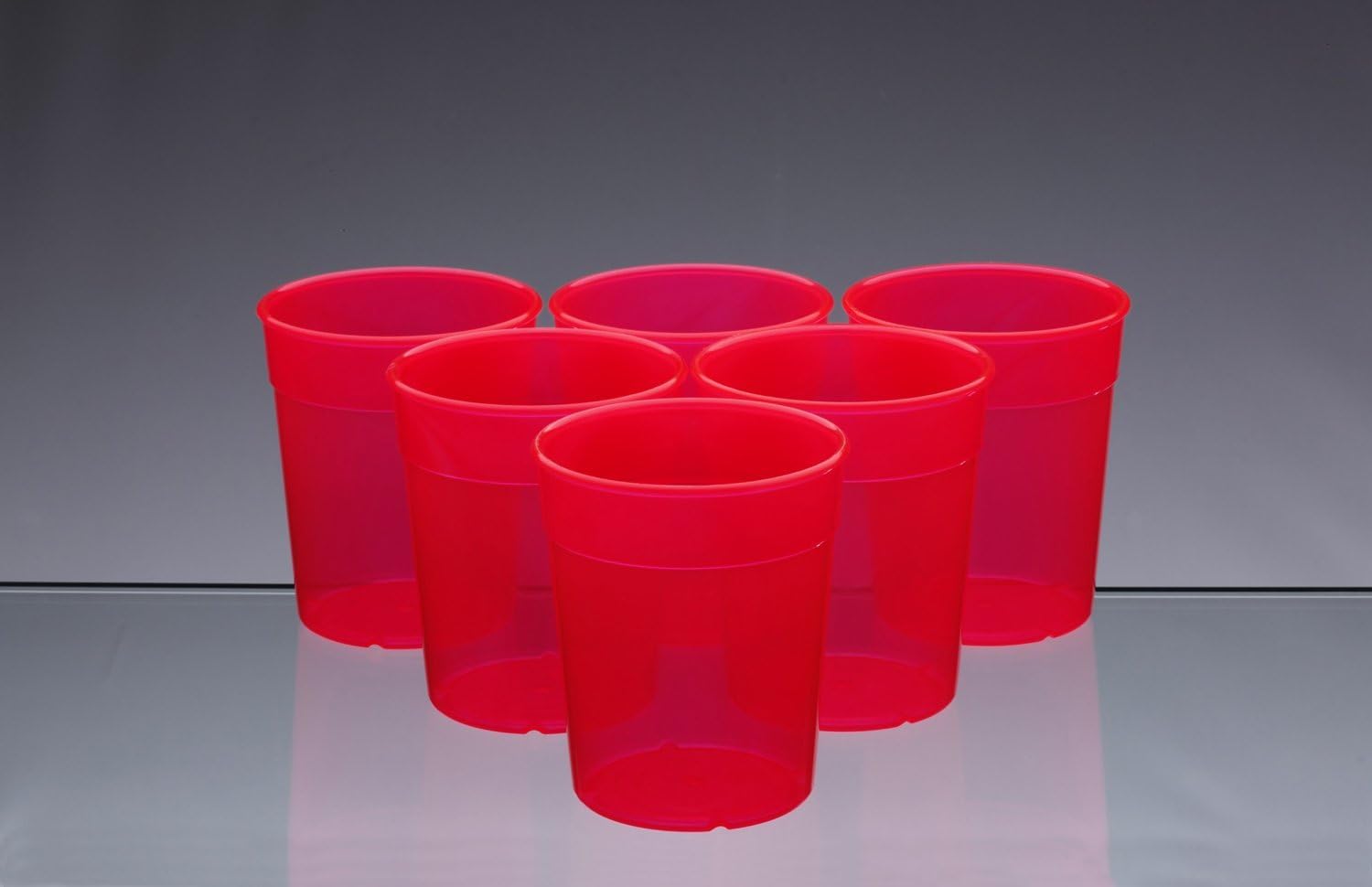


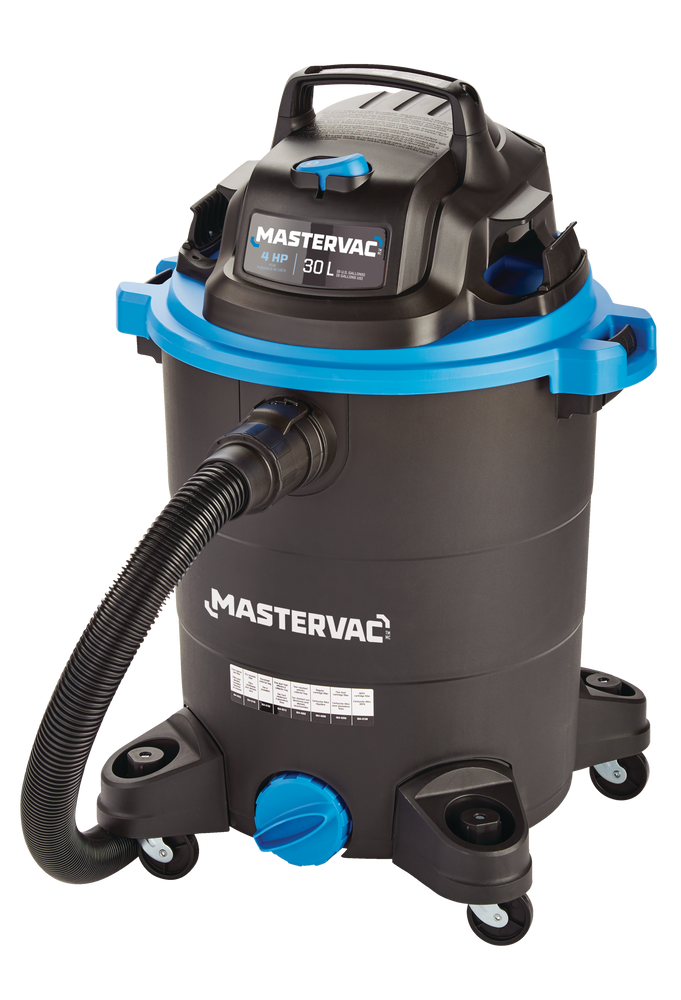






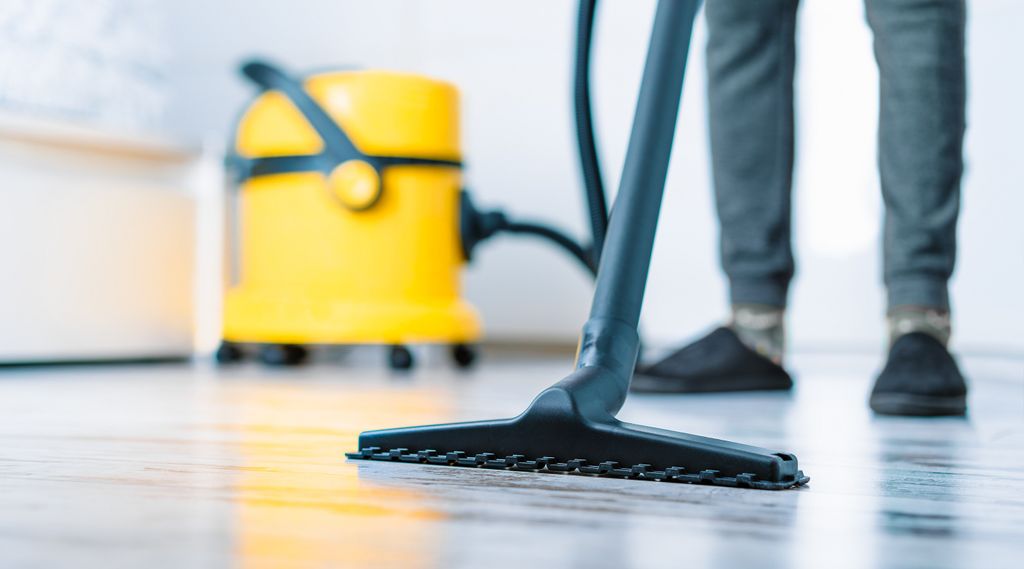



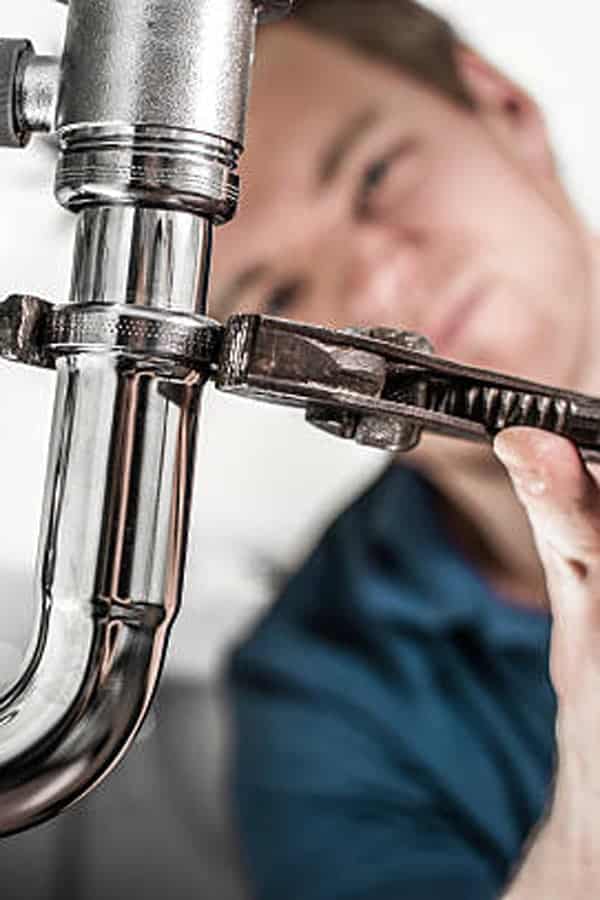






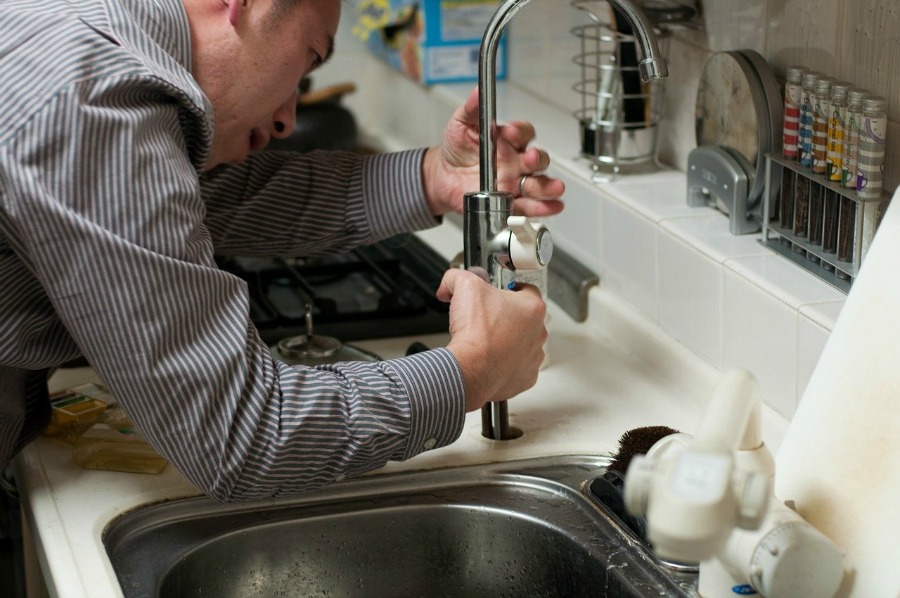


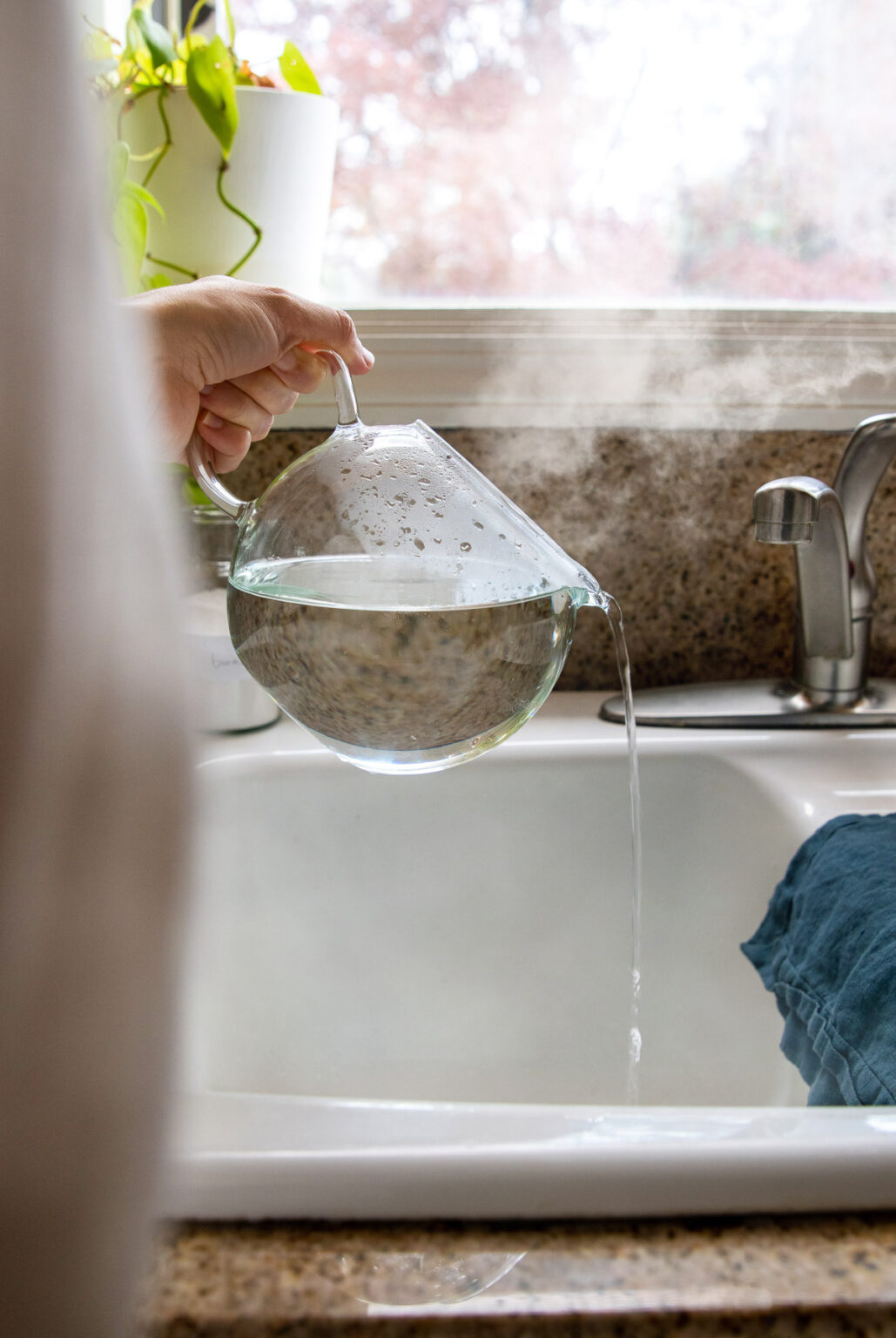
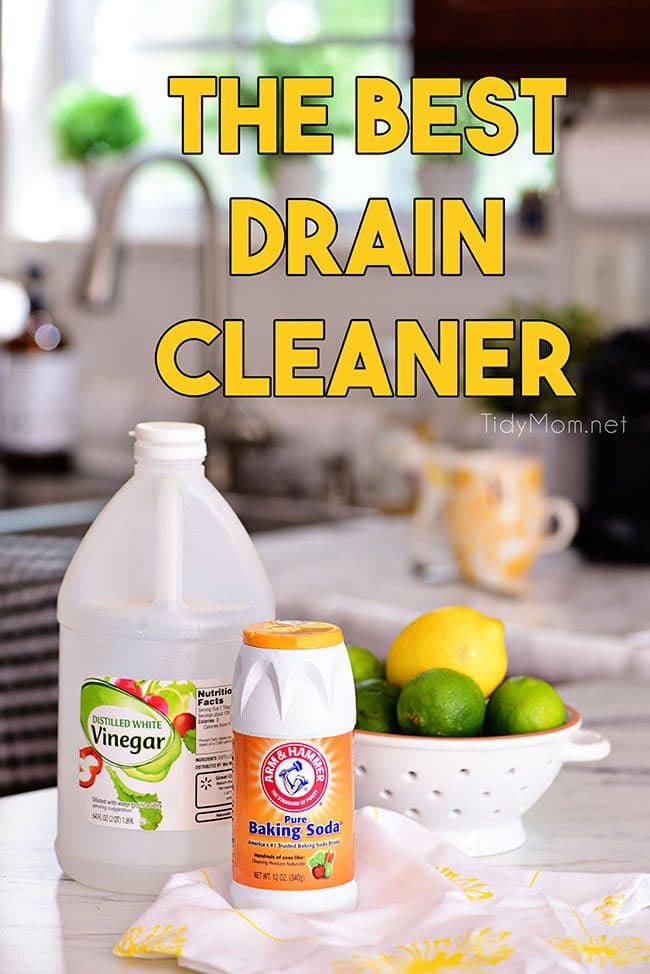
:max_bytes(150000):strip_icc()/homemade-drain-cleaner-2718784-10-d0d43469f00a45f6890b0a959d28cc8e.jpg)
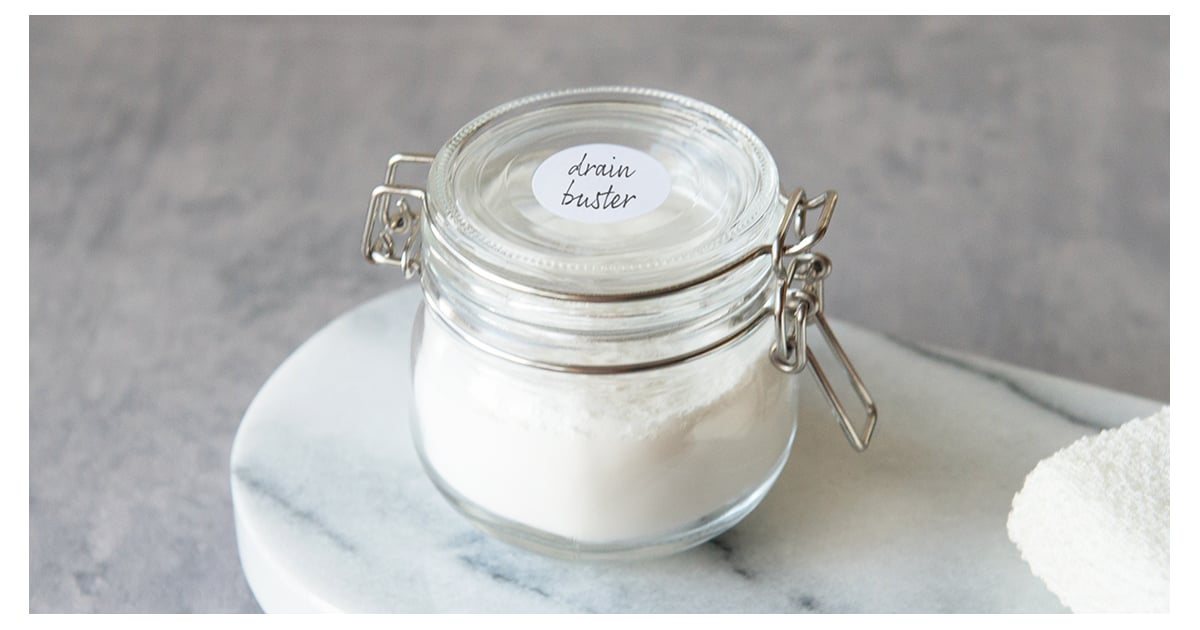


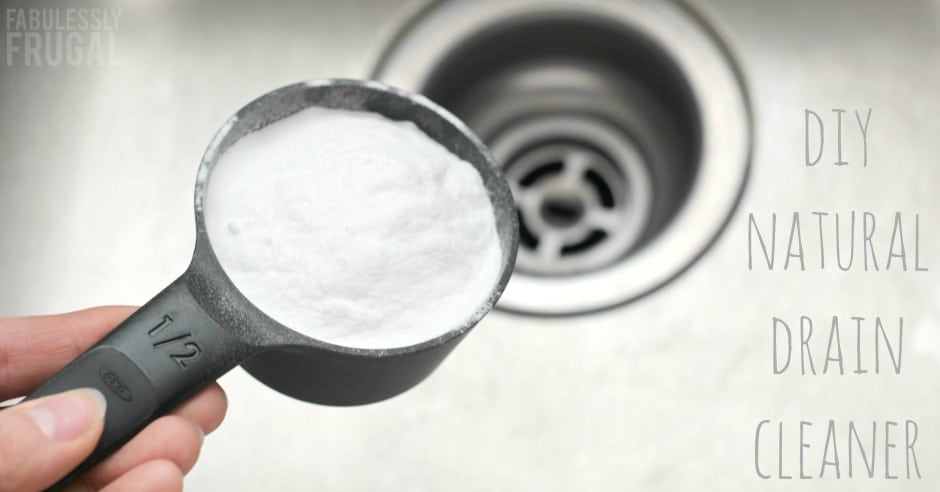

/98292130-56a12f705f9b58b7d0bcdef7.jpg)




